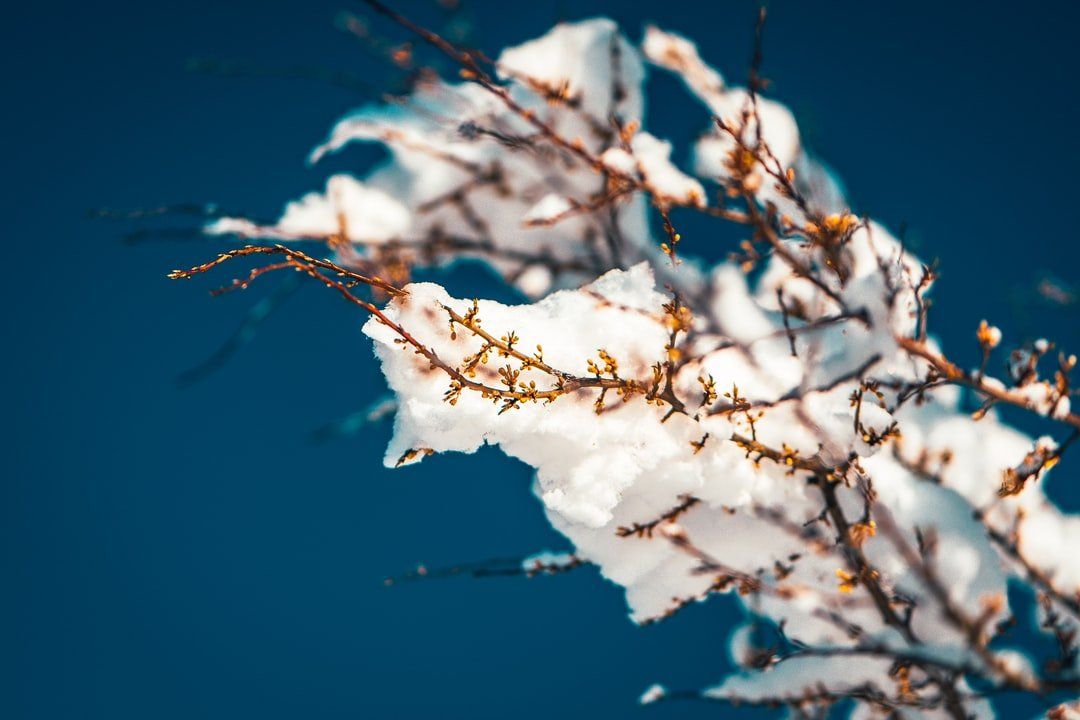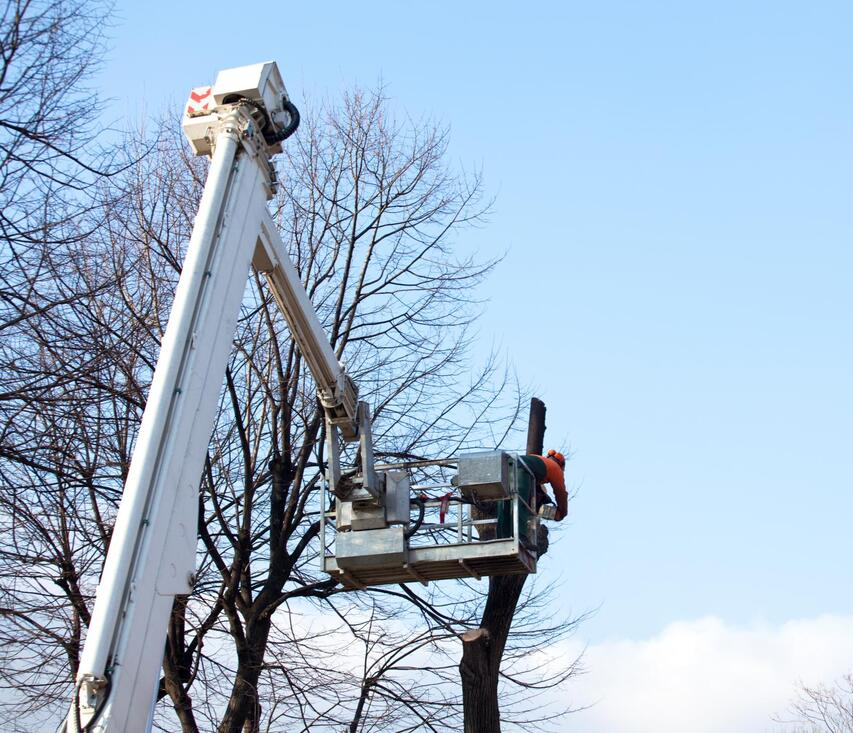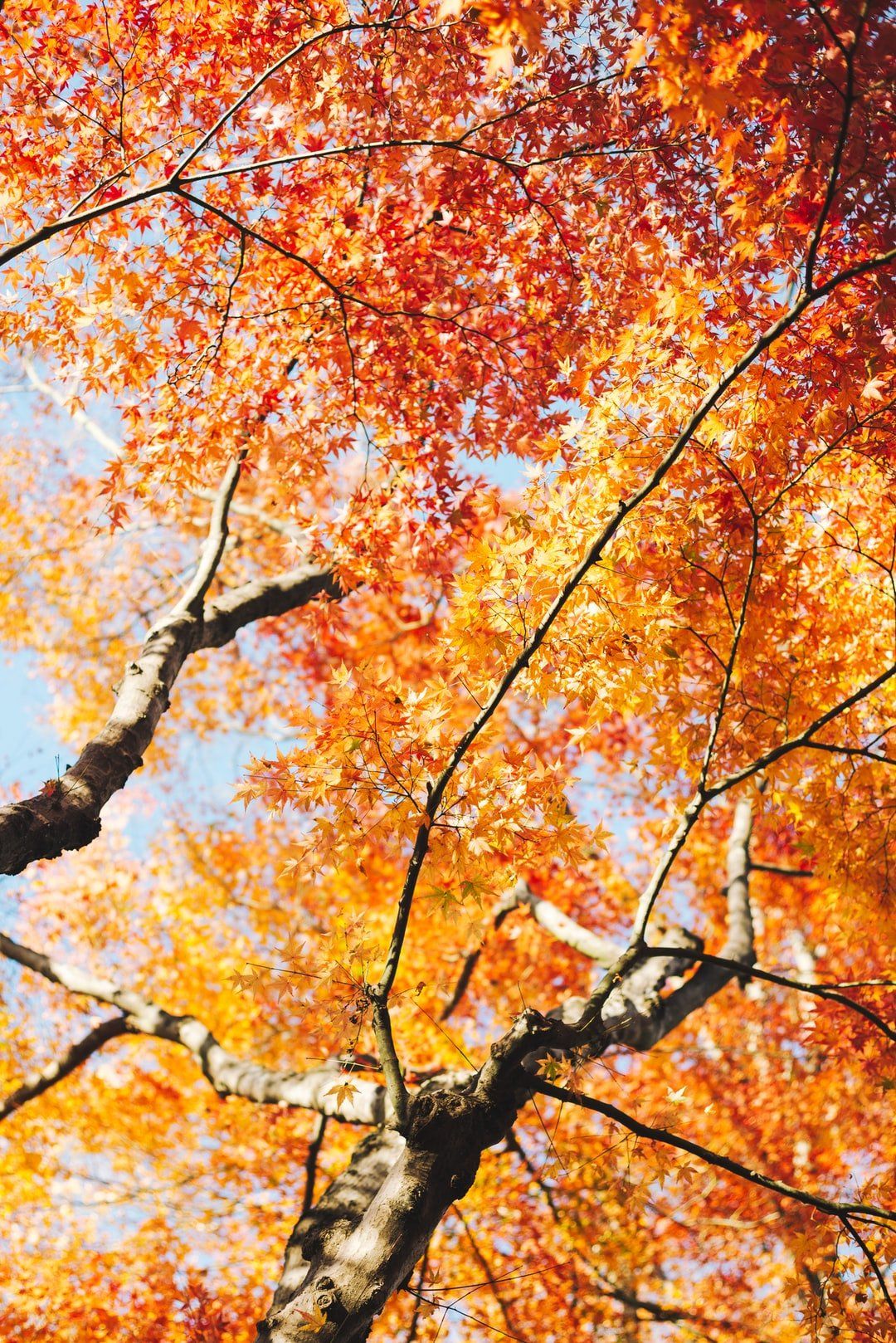5 ways to Identify Maple Trees in Winter
The Maple Tree’s condition during the coldest season on Earth
Being deciduous, maples shed their leaves in late fall and are bare throughout winter. At this time they do not produce fruit or flowers.
During winter maple trees are essentially hibernating, conserving their energy and the nutrients they have by going into a low energy state. At this time they have no need for their leaves as days are shorter and they would be more susceptible to broken branches if they allow their leaves to collect snow.
5 Ways to Identify Maple Trees on Winter
So, how else are we supposed to differentiate our trees during the cold months? Here’s five other ways you can tell the difference. As an example, let’s discuss identifying sugar maple trees in winter.
Height
The most accessible way to tell the difference is by checking their height, since you don’t need to get up close. Maple tree varieties grow to different heights, Sugar maple may grow from 50-70 feet tall when it fully matures.
Other species range higher or lower, such as 100 feet for Norwegian maple or 30 feet for Japanese maple.
Branches
Check out the branches of the tree. How they are arranged, which way they reach, where they bend. This is also easy to do from a distance. Sugar maple branches grow out in pairs opposite of each other and reach outward from the tree. Once they’re out far enough they bend upwards.
Trunk
Have a look at the tree trunk. It’s shape and width can also be determined without having to approach the tree, and some varieties will have more than one trunk. Mature Sugar maple trees have a single trunk with a diameter of 3 feet. Now, let’s get closer to the tree.
Bark
If you’re able to get close to the tree you can examine its bark. The color and texture of a tree’s bark can vary as it ages, and most younger maples will have a fairly smooth bark. A mature Sugar Maple will have rougher, thicker bark with deep grooves and furrows and will be greyish-brown in color.
On another part of the spectrum the Paperbark maple will have thin, smooth flakes which range in color from pink through red and into orange.
Twigs
Finally, inspect the twigs where the leaves’ buds are. Some trees, like the Red maple for example, are defined by the color of their twigs and buds. For the Sugar maple, they are smooth, reddish-brown and gradient into light brown. The buds are small and sharp, with scales numbering from 6-10.
We’re here to help!
Winter is also the best time to prune maple trees because they don’t have as much sap and it’s easier to see the branches. But winter tree care has a different set of challenges from working during the warmer months. The ground is always wet, it’s cold, and it will be difficult to grip a chainsaw because your hands are numb despite being covered in really thick gloves. Why not leave it to our experts to handle that tree for you?
At Tree Service Huntington we provide expert tree care year-round. Give us a call today at 631-546-0553 to schedule your appointment with our experts.
Expert tree care. At Tree Service Huntington, that’s our thing.




